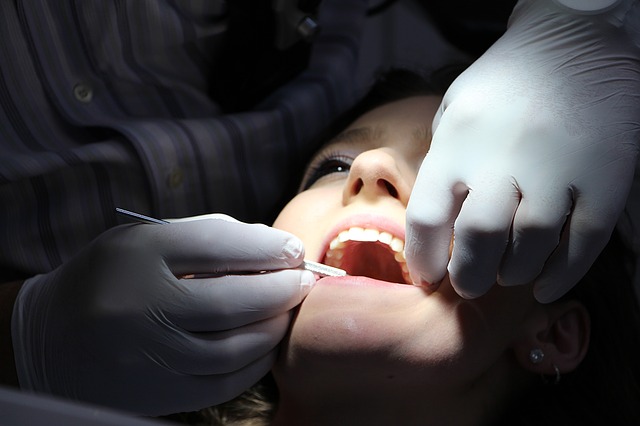

 Cavities are the main source of oral pain, affecting roughly about 35% of the world’s population. Traditionally, the methods used to treat cavities and tooth enamel erosion involve even more pain, a lot of money — and drills.
Cavities are the main source of oral pain, affecting roughly about 35% of the world’s population. Traditionally, the methods used to treat cavities and tooth enamel erosion involve even more pain, a lot of money — and drills.
But that could all change thanks to a professor at the Herman Ostrow School of Dentistry of USC. Janet Moradian-Oldak has found a way to get tooth enamel to regenerate.
The problem is so complex, she said, because enamel—one of three hard tissues that make up teeth—is unique. The cells that create enamel die after it’s produced, so it can’t regenerate on its own like bone can.
Synthetic Tooth Enamel
Moradian-Oldak thought that instead of mimicking the entire natural process, she’d just work on the part of enamel formation with the most impact.
Moradian-Oldak and her team engineered a string of amino acids that contained only the parts needed for enamel crystal creation. Over seven days, the shorter peptide grew synthetic aprismatic enamel that was two times harder than the softened control enamel.
The results of the study in a paper recently published in the journal ACS Omega.
No More Drilling
The new peptide that Moradian-Oldak created has a few benefits over a longer one: It’s less expensive, and the path to getting this approved by the U.S. Food and Drug Administration would be simpler. Moradian-Oldak’s goal is turn the peptide into a revolutionary gel that can be painted on eroded teeth, effectively replacing the lost enamel.
The work is still in its early days, and clinical trials are years away, but it’s still exciting, she said.
Certainly this is a huge push in minimally invasive field of dentistry — and something that will come as welcome news to patients who cringe when they hear a dental drill.
Stay tuned…


